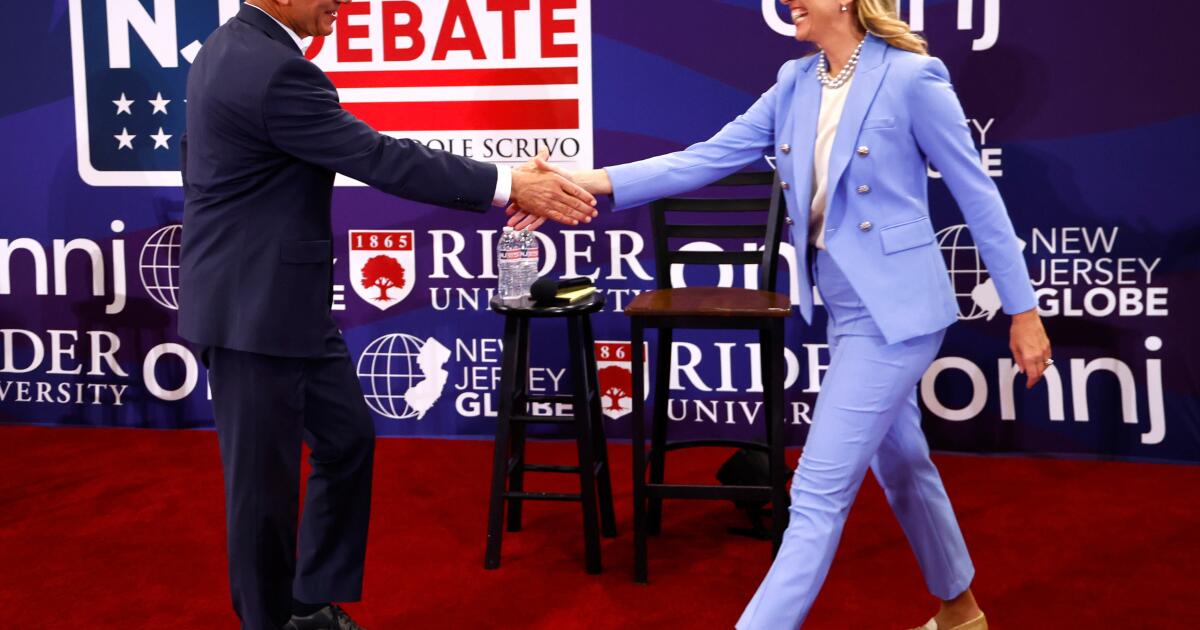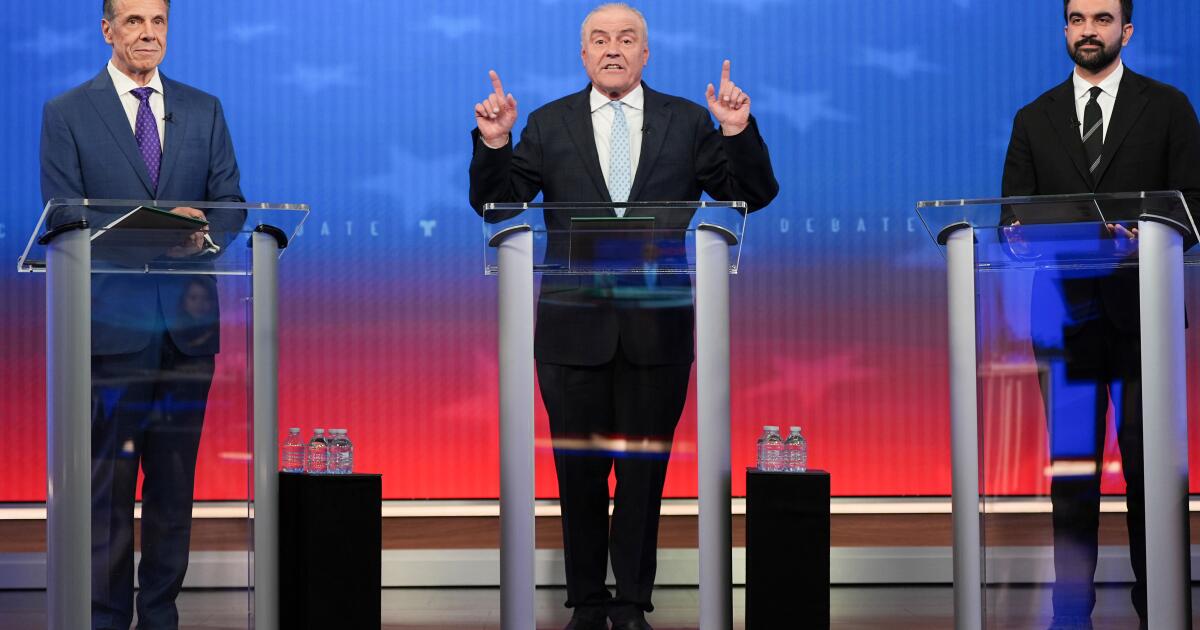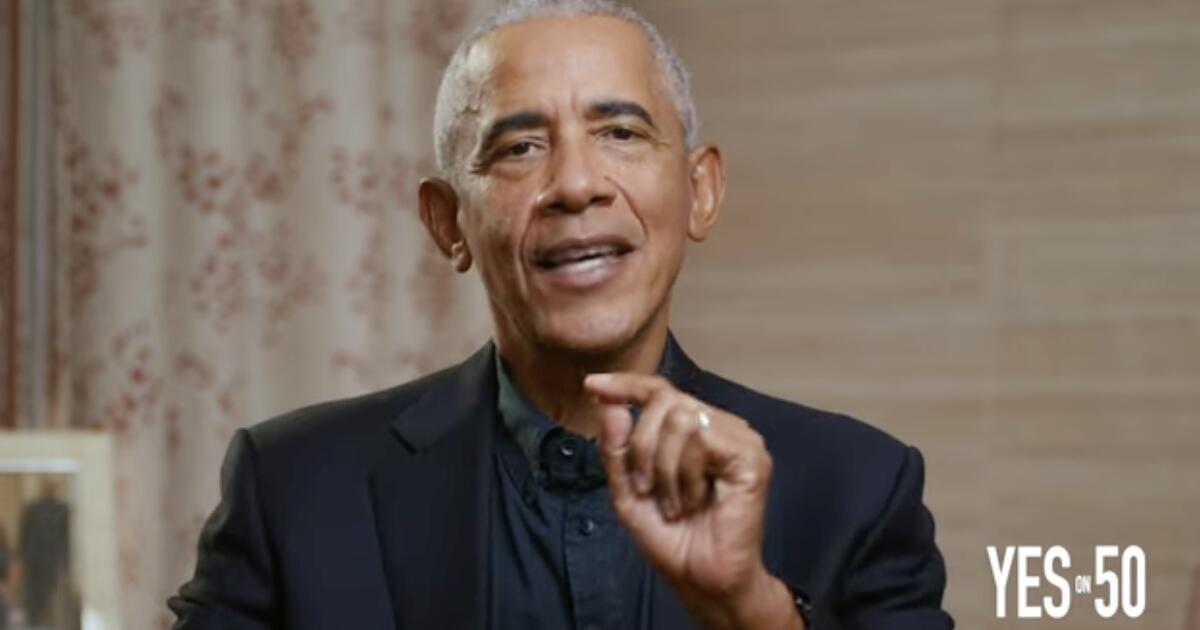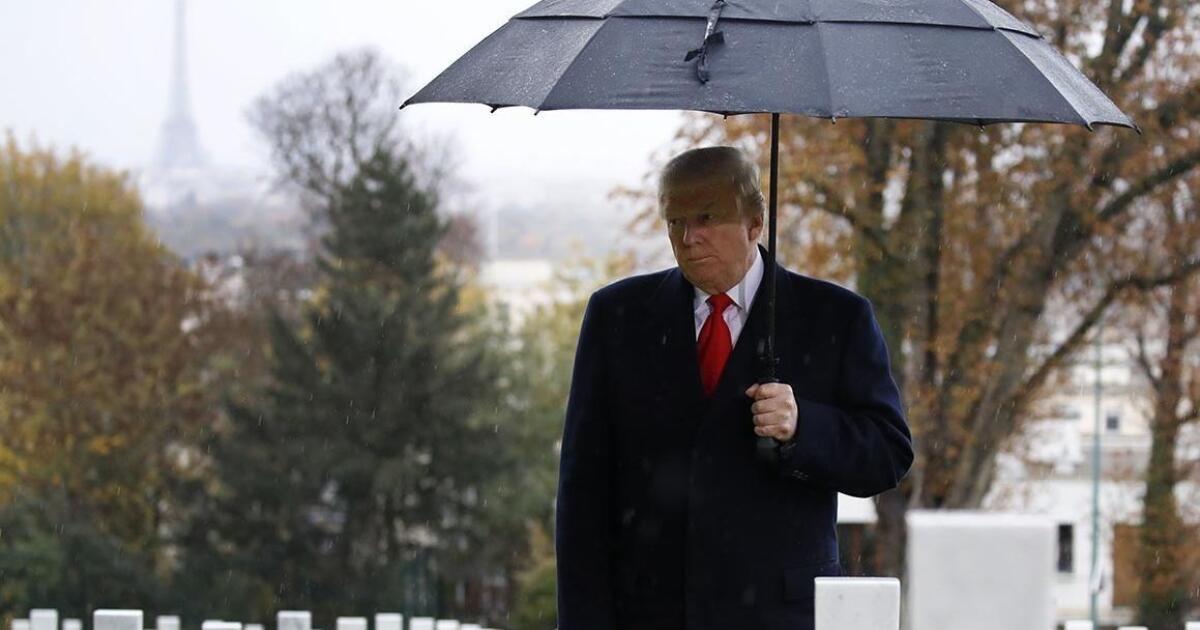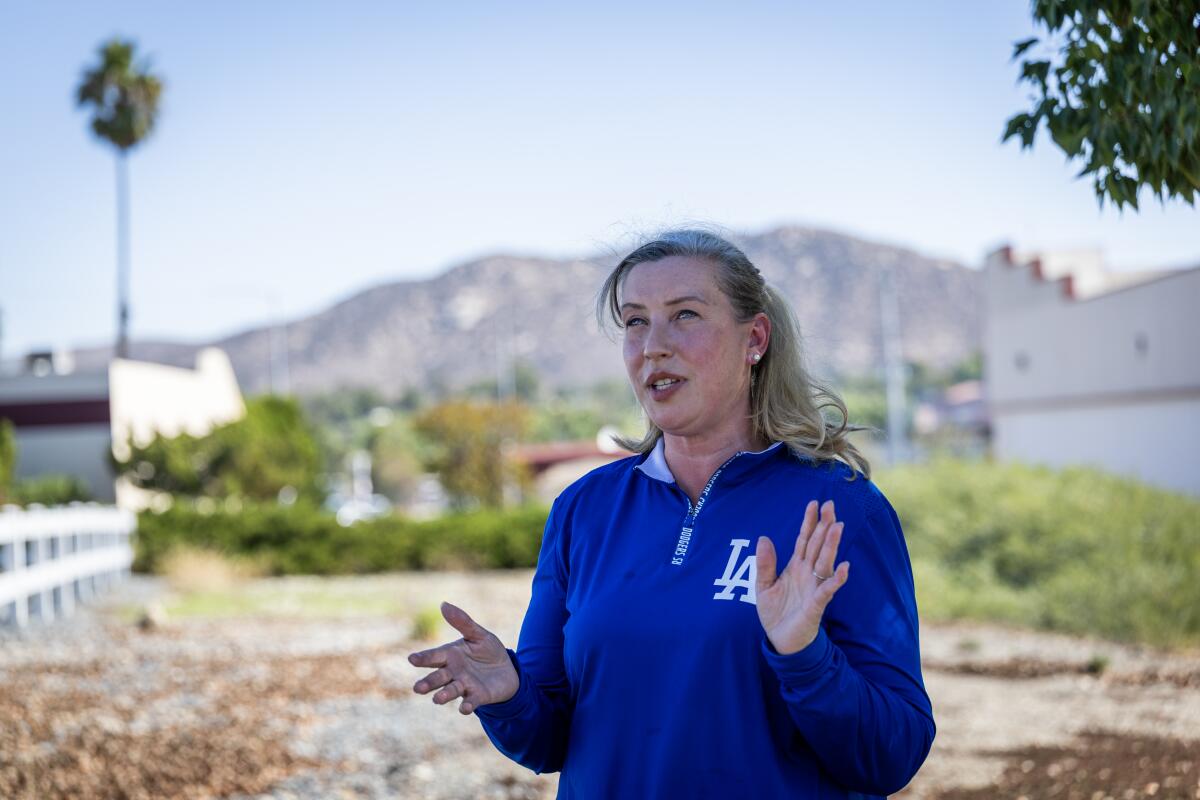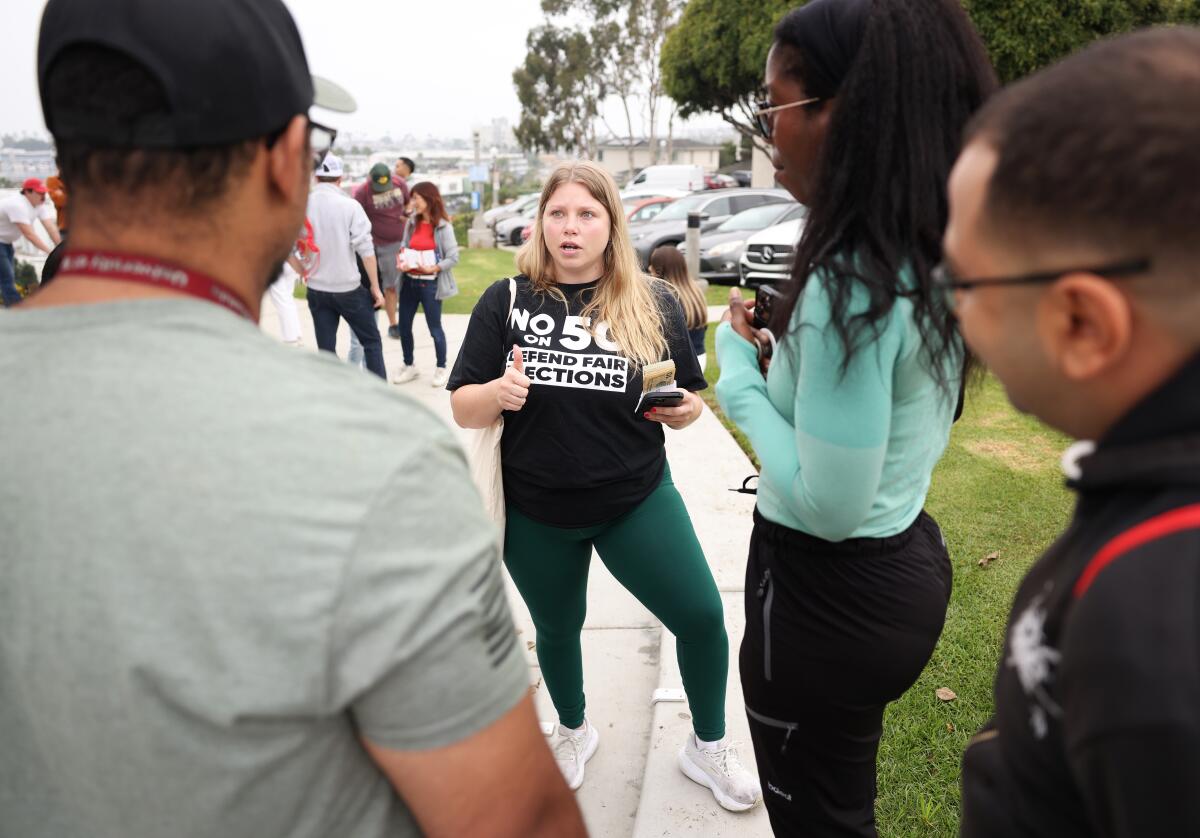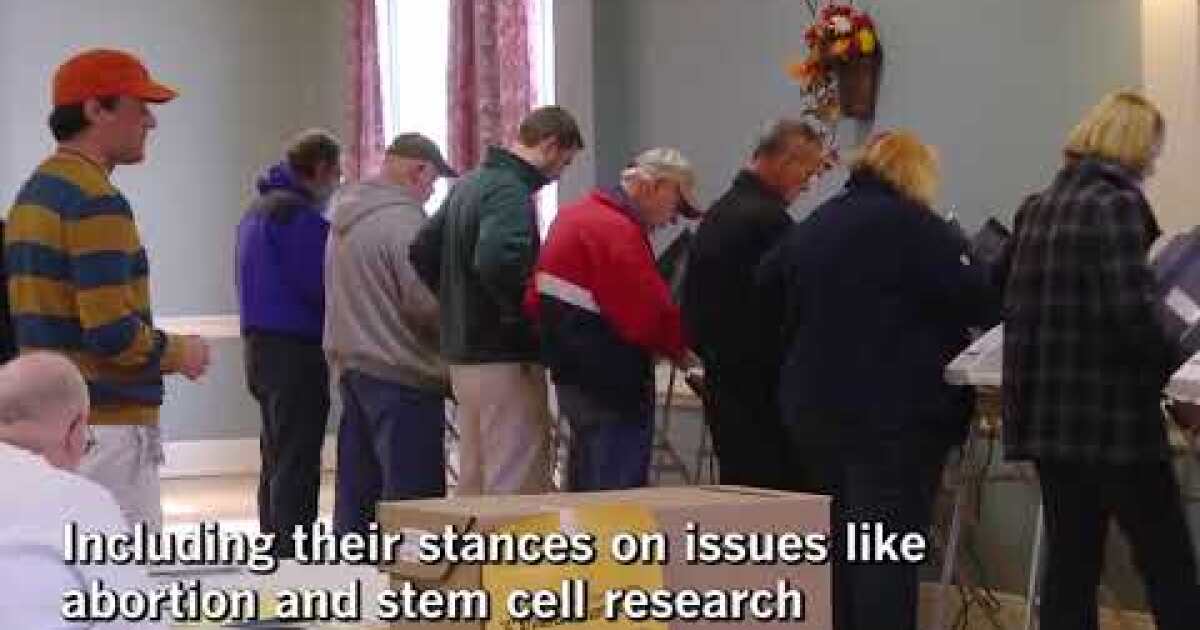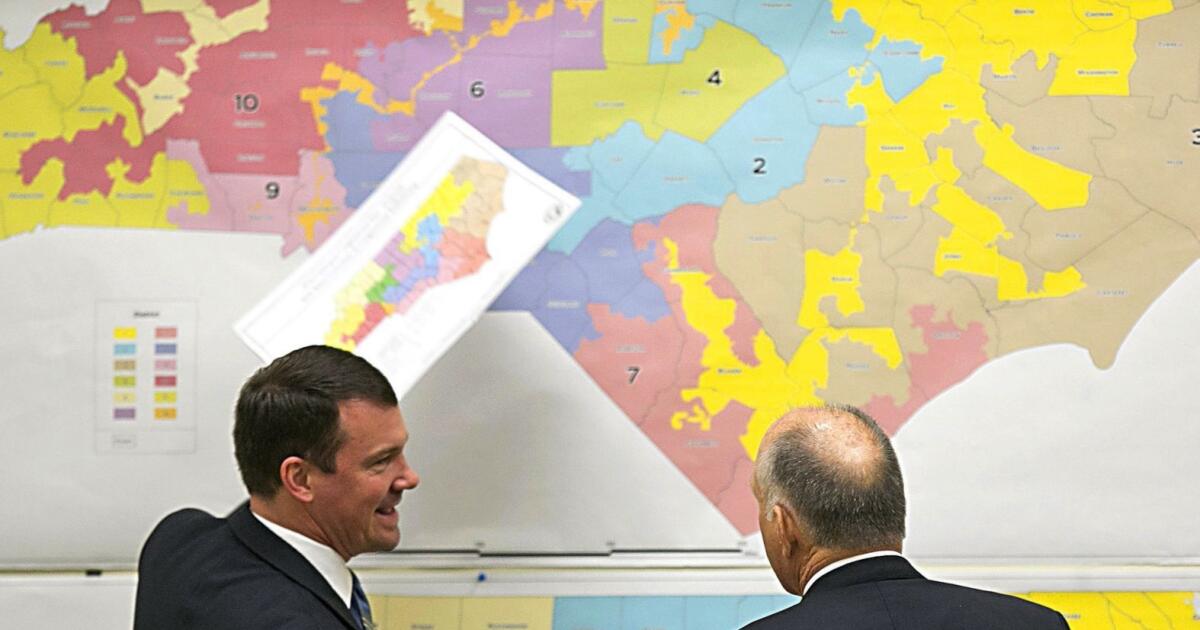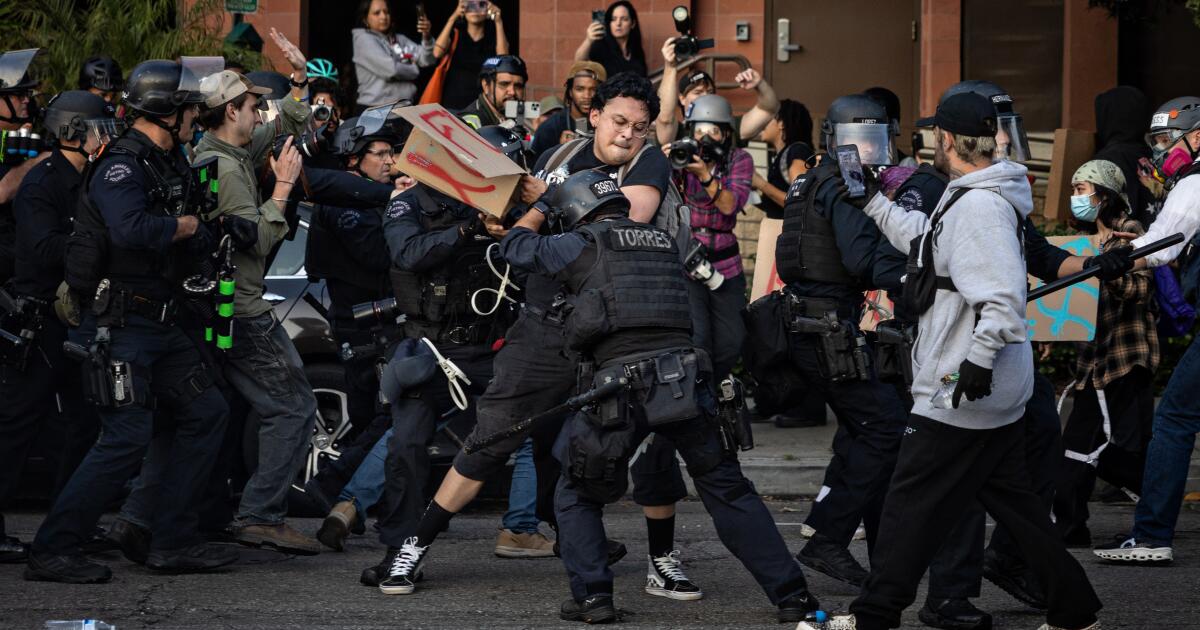Officially, Jacqueline Jackson, wife of presidential candidate Jesse Jackson, was not among the 69 passengers aboard a Midway Airlines 737 that made a one-engine landing in Pittsburgh on the way from Washington to Chicago recently.
“Our passenger name list did not include anyone by the name of Jackson,” Midway Airlines said after the emergency.
But she was, said Mark Horrell, a fellow passenger and former neighbor of the Jacksons’, adding, “I saw more of the Jacksons on that plane than I saw of them in two years living across the street from them.”
A couple of days later, Jesse Jackson quietly confirmed his wife and one son had been on the plane. By then, however, the news value had faded.
That’s probably the way Jacqueline Jackson wanted it.
Though the incident faded with hardly a notice, it spoke volumes about Jacqueline Jackson–elusive, private and largely unknown to the public, including fellow travelers on an airplane in trouble.
While Jesse has spent the last 20 years thrusting himself into the limelight, Jacqueline has been almost as successful at avoiding it.
When she doesn’t feel like talking, requests for an interview, directed to her personal secretary, to her home, to the Jackson campaign might just as well be made to dial-a-joke. Calls weren’t taken seriously.
When she does decide to talk, pausing to accommodate an interviewer during the events surrounding the college graduation of her 61-year-old mother, she is articulate, charming, charismatic even.
Yet Jacqueline can be intimidating and combative when discussion drifts into areas she decides are off limits. Once she has made a statement, follow-up questions bounce off an invisible barrier defined by riveting eye contact and pointed repetition.
For instance, does she get a fee for her public speaking?
“Often I do.”
“Now, on the campaign. . . . ?”
“Often I do.”
“Before. . . ?”
“Often I do.”
“But. . . .”
“ Often . . . I . . . do .”
Jackson has little patience for reporters who would pry into her life.
“My friends do not discuss me with the media,” she says flatly.
And she has even less patience with the suggestion that, for an aspiring First Lady, she is elusive if not evasive.
“I would be willing to say to you that my family has been scrutinized far more than any family that’s in this public situation that we’re in today. . . ,” she says, sitting in her hotel suite in Hampton, Va., last weekend. She has granted interviews to a few news organizations lately, and she and her husband are completing a book about themselves. So she sees no reason to talk to everyone who asks.
“I am not private or protective. But there’s a point that you can’t give any more. I can’t permit you to move into my home with me. I must have my family.”
Jacqueline Lavinia Davis Brown Jackson was born 43 years ago, in Ft. Pierce, Fla. Like the man she would eventually marry, she was born out of wedlock. Her mother was Gertrude Davis, a teen-age migrant worker who earned 15 cents an hour picking beans.
Of those early years in Florida, Jacqueline remembers only talking and laughing a lot, and listening to her “little red radio.”
Her mother eventually married Julius Brown, a civilian employee of the Navy who would later work for the post office. Brown soon moved his family to Newport News, Va., where he bought a two-story, clapboard-and-shingle home in the quiet neighborhood in which Jacqueline and her four siblings were raised.
Lined with green lawns and tall crepe myrtles filled with chirping birds, it’s the kind of street where sticky spring afternoons lure folks to the front porch to chat and watch the baby carriages passing on the sidewalks.
The street hasn’t changed much since the days when the Brown children would press their noses up against his window to hear his jazz band rehearse, says De Witt Cooke, 72, who has lived his whole life across the street from the home Julius Brown still owns.
Cooke remembers the Browns as a friendly but very private family, not adverse to visiting, but not much for socializing either. “There was a togetherness in the family,” he says.
Gertrude Brown raised the children while working full time at the local Veterans Administration Hospital.
“When Gertrude spoke, that was it,” says Cooke. Jacqueline remembers that her mother was strict–too strict she thought then–but loving. She taught her daughter how to crochet and do needlework, and Jacqueline made all her own clothes. “I was very fashionable in church,” she says.
Dinner–”simple food: pork chops, corn, green beans”–was served around a big table. Everyone said grace. And the children were in bed by 8:30, Jacqueline says.
Besides church and Sunday school and Baptist Youth Training, the Brown children didn’t get out much. “I didn’t date really,” Jacqueline says. But Julius Brown was the leader of the local Boy Scout Troop, and Jacqueline remembers going to the prom “with my father’s Eagle Scout, some young man he liked.”
Sara Green, who lived next door to the Browns, recalls that Jacqueline “was different. She was the kind of person who would always talk to older people. And she always could talk. . . . She was always a girl who was going to get ahead. She had that drive.”
After graduating from the all-black Huntington High, Jacqueline went on to North Carolina Agricultural and Technical College.
Because blacks and whites worked together in the shipyards, segregation in Newport News was not as dramatically defined as in some parts of the South. But the local stores did not serve blacks in their cafeterias, and in clothing stores, Cooke says, “if a black tried something on, it was his, whether it fit him or not.”
Jacqueline says that as a girl she never really had cause to confront the injustice of what Jesse Jackson now calls American apartheid. In college, however, she quickly became active in the civil rights movement. And, she has said, it was political discussion that attracted her to Jackson, a top athlete and campus hotshot.
Jackson, she says, was “my first courting boyfriend.”
When she was 18, they were married. He received his degree and went on to the Chicago Theological Seminary. She began her career as a mother.
“During my day, you either came home with a degree or a husband and you were considered successful . . . I got a husband,” she says.
Jackie is certain she will get her degree some day. “But that will be after my 12-year-old gets hers,” she says.
The Jacksons, who live in a two-story, 15-room house in Chicago’s South Side, have three sons and two daughters in their 25-year marriage. The oldest is daughter Santita, 25, a senior at Washington’s Howard University. Jesse Jr., 23, and Jonathan, 22, are graduates of their father’s college, North Carolina A&T.; A third son, 17-year-old Yusef, recently was graduated from a private school in Washington, D.C. The youngest, 12-year-old Jacqueline, goes to a school in Massachusetts.
Over the years the children have traveled with Jesse. And when Jacqueline headed off to march or boycott or pass out flyers, they often went with her. “They are extremely political because they were never separated from what we thought, or from our conversations,” Jacqueline says. “When we had parties that were political parties, they were at liberty to mingle with the guests. . . . So their conversations became political conversations, they (became) interested in issues.”
It was Jacqueline’s job to hold things together, everyone involved agreed.
“She’s what we call the backbone,” says Yusef. “She’s really there to keep the family together.”
“She stayed out of the way and Jesse kept her out of the way but she gradually has moved forward,” says Edwina Moss, the wife of Rev. Otis Moss who is chairman of Operation PUSH, a Chicago-based civil rights organization founded by Jesse Jackson. Moss went on to say that Jacqueline has somehow found a balance between maintaining her own identity and being overshadowed by her husband. She remembered once telling Jacqueline that she felt at loose ends because her husband was away a lot, just like Jesse. Jacqueline responded, she recalled, “Why don’t you just throw yourself into good books?”
The nature of the marriage is hard to discern. The topic and most personal questions are basically off-limits with both Jacksons. Reporters traveling with the presidential candidate contend that the marriage seems to be showing stress during the few appearances the two make together. Friends, however, disagree.
“She has great influence on him. I think she has a great influence on anyone she’s around,” says John J. Hooker, a Nashville politician who has spent a lot of time with Jacqueline during the campaign. “She once said to me (and she says often), ‘He is, after all, my hero, my political hero.’ I think she has this real feeling for him, and I think she communicates with him on all different levels, as wife, in conjunction with fact that they’re parents, about children, also on political basis.”
“She is able to stand in the background, yet stay on the same level intellectually,” says Moss, who calls herself a longtime friend.
The Jacksons also share the financial burden. According to their latest tax returns, the couple had income of almost $210,000 in 1987, $159,000 of which came from Personalities International Inc., the public-speaking management firm Jacqueline heads, and through which both Jacksons book their appearances.
Widely traveled, Jacqueline is a forceful speaker on issues. At the same time, though, her mission is by its nature linked to her husband and his mission.
In December, 1983, Jacqueline, former Rep. Bella Abzug (D-N.Y.) and a dozen or so other women went to Central America as part of a self-appointed “alternative Kissinger commission,” to further explore the information that had been compiled in that bipartisan commission’s controversial report, which recommended increased military aid to El Salvador and implicitly backed the Nicaraguan Contras.
International Tensions
The trip was difficult and sometimes frightening, with guerrilla wars raging and international tensions at a peak, others in the delegation said.
Especially in Nicaragua, many people saw Jesse Jackson as a hero and extended their enthusiasm to Jacqueline, swarming around her, shouting out affectionately and wanting to touch her each time the entourage went into the streets, the others recalled.
Likewise, the Central American press tended to focus its cameras and attention on Jacqueline, says Sonja Johnson, the 1984 presidential candidate on the Citizen’s Party ticket. A continuing and sometimes heated feud developed over Jackson’s open endorsements of her husband’s candidacy. Supporters of then-Vice President Walter Mondale, including Abzug and former Assemblywoman-now-Los Angeles City Councilwoman Gloria Molina “tried to get Jackie not to promote her husband’s candidacy down there . . . They were quite certain he couldn’t get nominated and saw it as divisive.”
“She said, ‘That’s nonsense,’ ” Johnson recalled. “ ‘Obviously I want my husband to win. What a silly thing to ask me not to talk about him . . . . You can tell them we’re not all for Jesse, but I’m always for Jesse.’ ”
“I hadn’t been around many women who were so strong and self-assured, but who didn’t attribute anything to the women’s movement,” says Roxanne Dunbar Ortiz, an anthropology instructor at Cal State Hayward who was Jackson’s roommate and frequent companion on the Central American trip. In late-night talks and on long bus rides, however, Jackson told Ortiz that she had been affected by her childhood experiences in the South, and the hardships of the the civil rights movement, rather than organized feminism, sharing a view among some black women that feminism is “a white woman’s thing–feeling sorry for ourselves,” Ortiz says.
“I would say, ‘You had all these kids. They must have limited your involvement,’ ” Ortiz says. “But she said it didn’t at all. She said, ‘I raised these kids to have free minds to fight for themselves. My greatest contribution to the civil rights movement was how I raised my kids.’ Her greatest pride was in her role as mother.”
Her Views
“I am mainly concerned about children and women. Equal pay, comparable pay. I am concerned that women are shouldering the burden of poverty,” Jacqueline said last weekend, her arms slicing through the air. But, she added, “I think I approach the issues of women from a, let me say, a darker perspective.
”. . . Through the slave-ship experience women did the same work and provided the same services as men . . . rather than being protected and shielded and taken care of . . . . So we had a longer relationship with the work force and the economy and politics in this country.”
This heritage has led Jacqueline to a view she calls “progressively old-fashioned.” She embraces equal pay but also certain traditional religious values. She is, for instance, pro-choice on the issue of abortion but she doesn’t believe teen-agers should have that option. Nor does she believe birth control pills and condoms should be dispensed by churches and schools.
“I believe children should be taught abstention . . . They should be taught that there are some dos and don’ts . . . I believe, young people should be taught to keep their zippers up on their pants, and girls should be taught to keep their panties up.”
That she and her mother both became pregnant at an early age does not mean that she finds such behavior acceptable, she says. In overcoming the odds against teen-age mothers, she and her mother were “one out of a million,” she says.
“I’m not terribly liberal when it comes to raising a family,” she adds.
People also observe at deep empathy in Jacqueline when she travels, an empathy that apparently is working its way through the candidate’s wife into the process of American party politics. H. H. Brookins, a power broker in Los Angeles’ black community who calls himself a close friend of the Jackson family for 20 years and a bishop of the A.M.E. Church, recalls a policy discussion among a handful of advisers in the Jackson home a few months back. When talk turned to Nicaragua, Jacqueline made herself heard, he says.
Does the candidate listen?
“Sometimes he does, and sometimes he doesn’t. He’s my husband . . .,” Jacqueline says. “I have never taken advantage of my relationship with my husband. If it is an important decision, I sit at the same table with everyone else. Sometimes I am defeated. And I love to tell them, ‘I told you so.’ ”
Many of her political opinions have been shaped by her extensive travels–to the Middle East, Africa, and Latin America.
A Different World
“The Third World is no longer as naive as it was 40 years ago,” she says, no longer willing to be pushed around. “America is extremely vulnerable to being perceived as a nation that has military might, and bully behavior. . . .
“In our country, we sing ‘God Bless America.’ We place our hand on the Bible when we go to court. We speak of another force that we suggest should protect us because we are good. And we disrespect it in the same breath when we place so much emphasis on war and building weapons that will destroy other human beings . . . What is it? Praise the Lord and pass the ammunition. It’s a contradiction.”
Jackson calls herself a traditionally religious person. On the trip to Central America, Jackson got up each morning and said her prayers, Ortiz recalled. “I’d still be sleeping and overhear her. It was very much felt. Not just ritual.”
During the bitter New York primary election when Jesse Jackson was attacked by New York City Mayor Edward Koch, Robert T. Starks, who calls himself a personal and political friend of the Jacksons’, said the couple “relied a great deal on their religious beliefs and convictions to pull them through.”
What kind of First Lady would she be?
“She’d be the replacement of Jackie Kennedy . . . in terms of style and flair,” says Brookins.
Last Sunday in Hampton, that is just how she was introduced: America’s next First Lady. She stood up in the bleachers of the Hampton Virginia Coliseum, waving to the cheering graduates and alumni of this school that was founded in 1868 to educate newly freed slaves.
On the dais, Jesse Jackson raised Gertrude Brown’s hand, saluting his mother-in-law for overcoming great odds to achieve her dream. It was in an electrifying speech of hope through education and family.
Then the Jacksons went back to the hotel for a reunion party with family and friends. After an hour, Jesse Jackson said a quick goodby to his wife and, flanked by Secret Service men, headed off for more campaigning.
Jacqueline Jackson returned to her family.
